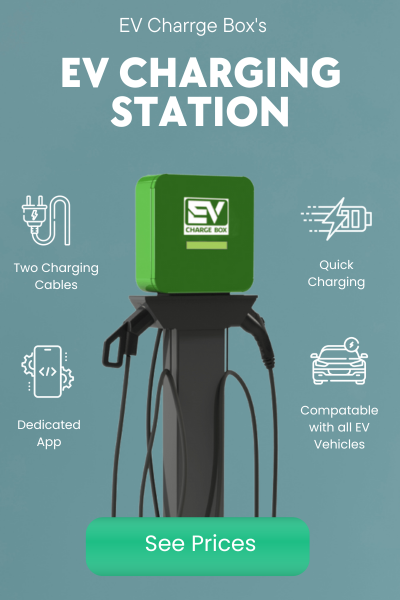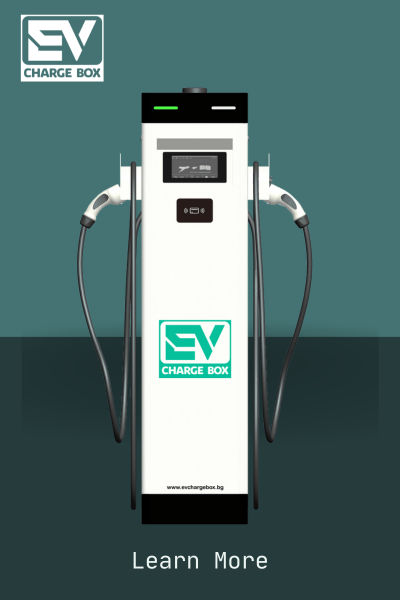How Does Renewable Energy Work?
Renewable energy is produced using resources found in nature that are not limited or depleted, such as wind and sunlight. Alternative energy that doesn’t rely on fossil fuels, such as renewable energy, is usually significantly less damaging to the environment.
Seven Different Types of Renewable Energy
Solar
Radiant energy from sunlight is captured and transformed into heat, electricity, or hot water to create solar energy. Solar cells are used in photovoltaic (PV) systems to convert direct sunlight into electricity.
Benefits
The fact that sunshine can practically never run out is one advantage of solar energy. There is an infinite amount of solar energy available with the capability to harness it, which might make fossil fuels obsolete. Utilizing solar energy instead of fossil fuels also aids in enhancing environmental and public health situations. Solar energy has the potential to both completely eliminate energy expenses in the long run and substantially lower them in the near run. Numerous local, state, and federal governments offer rebates or tax credits to encourage the purchase of solar energy.
Present restrictions
Solar energy will save you money in the long run, but it typically has a high upfront cost and is out of reach for the majority of households. Who can realistically embrace this technology at the individual level is constrained by the need for homeowners to have sufficient sunlight and room to put their solar panels.
Wind
Wind farms use turbines to harness the energy of the wind flow and turn it into electricity. The technologies used to convert wind energy come in a variety of shapes and sizes. Single-wind turbines are used to support pre-existing energy organisations, but commercial-grade wind-powered producing systems can power a variety of different organisations. Utility-scale wind farms are another type and can be bought in contract or wholesale. Technically speaking, solar energy includes wind energy. The variations in atmospheric temperature, along with the rotation of the Earth and the geology of the globe, all contribute to the phenomenon that we refer to as “wind.”
Benefits
Being a clean energy source, wind energy doesn’t pollute the air like other energy sources do. Wind energy doesn’t emit carbon dioxide or any other toxic substances that could harm the environment or people’s health, such as smog, acid rain, or other heat-trapping gases.[2] Due to the ongoing servicing and maintenance requirements of farm-based wind turbines, investing in wind energy technology can also provide new job opportunities and opportunities for job training.
Present restrictions
Wind farms are typically constructed in rural or distant places, far from the busy metropolis where the greatest demand for electricity exists. Transition lines are required for the transportation of wind energy, increasing the cost. Wind turbines emit very little pollution, yet some cities are against them because they obstruct views and make noise. In addition to endangering local wildlife, wind turbines also pose a threat to birds, which are occasionally killed as they fly into the turbine’s arms.
Hydroelectric
People most frequently connect hydroelectric electricity with dams. Pumped-storage hydropower, which uses the dam’s turbines to move water, generates electricity. Instead of using a dam to force water through, run-of-river hydropower uses a channel.
Benefits
Hydroelectric power can be produced utilising both large- and small-scale projects, such as the Hoover Dam and underwater turbines and lower dams on minor rivers and streams. Hydroelectricity is a lot more environmentally beneficial form of energy for our environment because it produces no pollution.
Present restrictions
Most hydroelectric power plants consume more energy than they can generate for usage. To pump water, the storage systems might need to employ fossil fuels. Hydroelectric power does not pollute the air, but it disturbs waterways and has a severe impact on the creatures that dwell there by altering water levels, currents, and migration routes for numerous fish and other freshwater ecosystems.
Geothermal
Geothermal heat is heat that was trapped beneath the crust of the Earth during its formation 4.5 billion years ago and as a result of radioactive decay. Sometimes a lot of this heat escapes naturally, all at once, giving rise to well-known events like geysers and volcanic eruptions. By exploiting the steam that is created when heated water is pumped below the surface, which then rises to the top and can be utilized to power a turbine, this heat may be captured and used to create geothermal energy.
Benefits
Although geothermal energy is less prevalent than other forms of renewable energy, it offers a substantial potential as a source of energy. It has a relatively small environmental impact because it may be constructed underground. Geothermal energy is constantly being replenished by the earth, therefore there is no danger of it running out (on a human time frame).
Present restrictions
The cost is a significant component in the drawbacks of geothermal energy. The infrastructure’s vulnerability to earthquakes in some parts of the world is a serious problem in addition to the fact that it is expensive to create.
Ocean
Thermal and mechanical energy can both be generated by the water. Warm water surface temperatures are required for ocean thermal energy to be produced through a variety of methods. The ebbs and flows of the tides, which are caused by the earth’s rotation and gravity from the moon, are used to generate energy using ocean mechanical energy.
Benefits
In contrast to other renewable energy sources, wave energy is predictable and its output is simple to predict. Wave energy is far more reliable than relying on variable factors like the sun and wind. The most populous cities frequently lie close to harbors and bodies of water, making it simpler to collect this renewable energy for the local populace. With an estimated capacity to produce 2640 TWh/year, wave energy has incredible potential but is yet mostly unexploited.
Present restrictions
Wave energy is beneficial to those who live near the ocean, but it is not readily available to those who reside in landlocked states. Ocean energy also has the potential to damage the delicate ecosystems that make up the ocean. Although it is a highly pure type of energy, it can disturb the ocean floor and the marine life that lives there since enormous apparatus must be placed nearby to help harvest this sort of energy. Weather should also be taken into account because it affects the waves’ consistency and reduces their energy production compared to waves that don’t experience severe weather.
Hydrogen
As hydrogen does not naturally exist as a gas on its own, it must be coupled with other elements, such as oxygen, to form water. Hydrogen can be utilised for both fuel and energy when it is separated from another element.
Benefits
With the use of hydrogen as a fuel, pollution is reduced and the environment is cleaned up. In addition, it can be used to power fuel cells, which function similarly to batteries in powering an electric motor.
Present restrictions
Hydrogen is ineffective at reducing pollution because it requires energy to create.
Biomass
Renewable energy obtained from biomass is known as bioenergy. Organic material derived from recently alive plants and other organisms is known as biomass. An example of biomass that most people are familiar with is burning wood in a fireplace.
Benefits
Carbon dioxide is released into the atmosphere when biomass is used to produce energy, but it is also consumed as plants grow back, supposedly maintaining a stable environment. In our daily lives, biomass can be utilized in a variety of ways, both personally and commercially. In 2017, 5% or so of all the energy used in European countries came from biomass. This energy comes from wood, biofuels like ethanol, and energy produced by burning municipal garbage or methane extracted from landfills.
Different techniques are utilized to produce energy using biomass. This can be accomplished by burning biomass or using methane gas, which is created when organic materials naturally decompose in ponds or even landfills.
Present restrictions
Plants take time to develop, even though they require carbon dioxide to thrive. Additionally, we do not yet have ubiquitous technology that allows us to substitute biomass for fossil fuels.

















